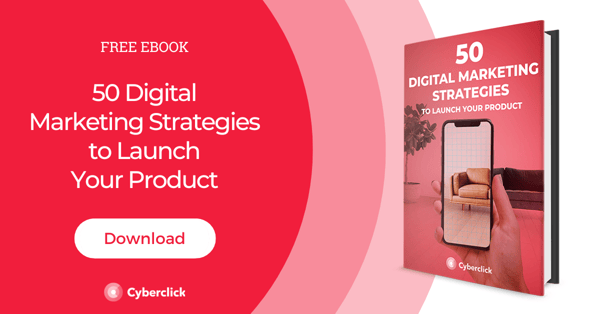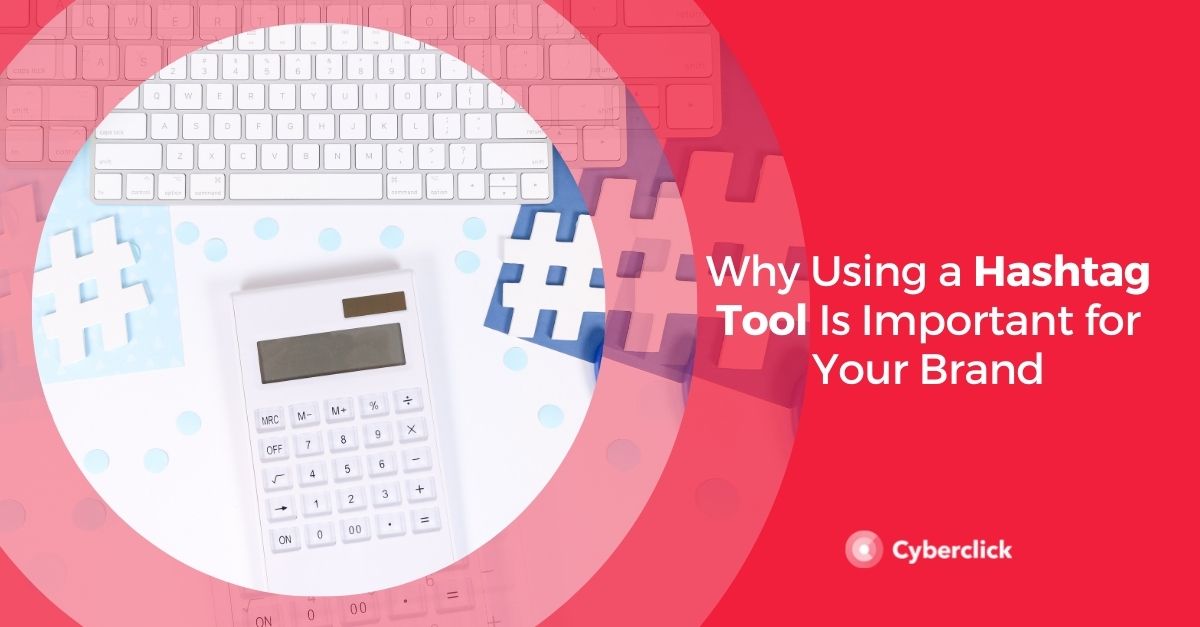A digital product is one that operates entirely on a digital device and is distributed over the network, meaning its inventory cannot run out and it can be bought and sold indefinitely.
Usually, to get the digital product, you need to download it and pay a fee. It's also common for buyers to subscribe for online access.
Digital products can be a business idea in themselves or part of a company's content marketing strategy to generate more leads, or to retain existing ones.

How to Create a Digital Product
1. Analysis and Organization
Just like with a physical product, the first step to launching something in the market is thorough research and planning. In this regard, you should address a series of key questions:
- Is there competition? What is it like? What will differentiate you from it?
- Who is your target audience? Which group do you want to direct your digital product to?
- What pain point or need do you want to address?
- Which platform will you market your digital product on?
- What will the entire purchase process be like?
- What type of marketing will you develop to promote the product?
- What team do you need to carry out this product?
2. Creating and Designing your Digital Product
Once you have established the pillars and the most important steps, it's time to take action. Since you have already selected the type (or types) of digital products you want to develop, begin shaping them by considering design, features, and structure. This phase involves practical implementation and, by its conclusion, the product should exist at least in its initial version.
3. Testing the Digital Product
Testing is crucial and will allow you to meticulously perfect your digital product until you perfect it.
You'll need to conduct internal tests so that your team can try the product. Then, release a beta version with a limited number of users who will be the first to try the product. Having the perspective of external users will help you find errors or improvements that the team might not have detected.
This is also the time to start implementing the marketing strategy.
4. Launching the Digital Product and Maintaining It
Once you believe the digital product is ready, it's time to launch it so that a large number of users can, buy it, subscribe, and/or download it.
However, as mentioned, you must carry out constant maintenance to keep everything updated and offer customers support in case of any errors or issues during the purchase process or while using the product.
Advantages of Digital Products
Whether you want to base your business on selling digital products or use them in your marketing strategy to drive more sales, you will encounter these advantages:
- Ease of Production: Although digital products require experts to develop them, their market launch process is usually much simpler and more accessible since there is no need to plan any type of manufacturing, inventory, or shipping.
- Lower Investment Needs: For the same reason mentioned above, digital products usually require less investment to get started. This, in turn, results in a higher potential for profitability.
- Automation of the Sales Process: Once the digital product is on the market and ready for consumers to use, concerns about shipping and logistics are minimal since the purchase is almost fully automated. Usually, buyers receive the digital product or have access to it instantly after making the payment. This is why many people turn to digital products to generate passive income.
- Ease of International Sales: A digital product is accessible from different parts of the world, making selling internationally easier and more accessible.
- Instant Use: Unlike purchasing physical products online, digital products can be used immediately after purchase since they do not require shipping time and are delivered automatically to the buyer.
- Ideal for Young Potential Customers: If your market niche is younger generations, digital products will work better for you since this population group is more inclined to acquire such items.
If your idea is only to use digital products as a marketing action, you will also benefit from:
- Utility in Lead Nurturing: Digital products are very useful in moving potential customers up the sales funnel and getting them to buy your product.
- Increased Brand Awareness: Offering digital products has great potential to make your brand memorable to consumers, who will think of you when they need a product or service in your niche.
Disadvantages of a Digital Product
The most important challenge a digital product faces is the vast amount of free information already available on the web. That is, why would someone download a digital product or pay for it when they can find similar content online for free and easily accessible?
To overcome this initial barrier, you need to be clear about several things:
- Some digital products have no future because they do not offer different content from what can already be found online. However, they can have great potential for attracting or retaining customers if the content is presented in an organized manner and targeted to a specific type of user.
- Whether the digital product is free or not, the content must be of high quality to be worth the user's time (or money) instead of searching online for a solution to their problem or need.
Another major challenge for a digital product is piracy. A digital product creator not only risks their item being distributed online without their consent but also someone else profiting from it. As a brand, you can take measures and register the product, which is highly recommended, especially if your goal is to base your business on selling digital products.
6 Digital Product Ideas
Here are some digital product ideas that can be valuable either as part of a marketing strategy or as the main product in your online store. They can serve as your primary source of income or supplement it.
Ebooks
Ebooks are one of the most well-known digital products and can offer valuable content on a topic or be a digital version of a physical book. They work very well both as an action within the sales funnel to get potential customers more interested in your brand and as an income-generating product. They can be offered for free in exchange for personal information or as a paid product.
The most common way to offer them to the public is through a landing page if you want to offer them for free, or on your website or an ebook platform if you want to charge for them.
Applications
Apps are not usually part of a marketing strategy but are a product in themselves that generates revenue or complements what a brand offers.
Apps like WhatsApp, banking apps, Uber, Airbnb, or map apps are examples of this digital product.
Online Courses
Offering training online is increasingly popular. Users around the world can consume this material, which is usually in video format supplemented with text. If the training is a one-off, it is usually offered for a specific price, but if the goal is to continuously add content, a subscription business model is often best.
Webinars
A webinar is a video-based educational content that is broadcast live and can also be accessed later as a recording. This type of content is commonly used as part of a marketing strategy
Plugins and Extensions
Plugins and extensions are add-ons that allow a particular program to perform functions it normally does not.
Newsletters
Although brands often encourage people to join their free newsletter, which can be very useful for your marketing strategy, there are also paid newsletters that can be a business in themselves.
Graduada en Administración de Empresas en Lisboa y un posgrado en Gestión de Productos, Chantal se ha especializado en la Publicidad en Redes Sociales. En Cyberclick lleva la gestión de cuentas y conceptualización de estrategias digitales.
Graduated with a Degree in Business Management in Lisbon and a Postgraduate degree in Product Management. Specialist in Account Management and Digital Marketing strategies, with special focus on Social Ads channel.





Leave your comment and join the conversation